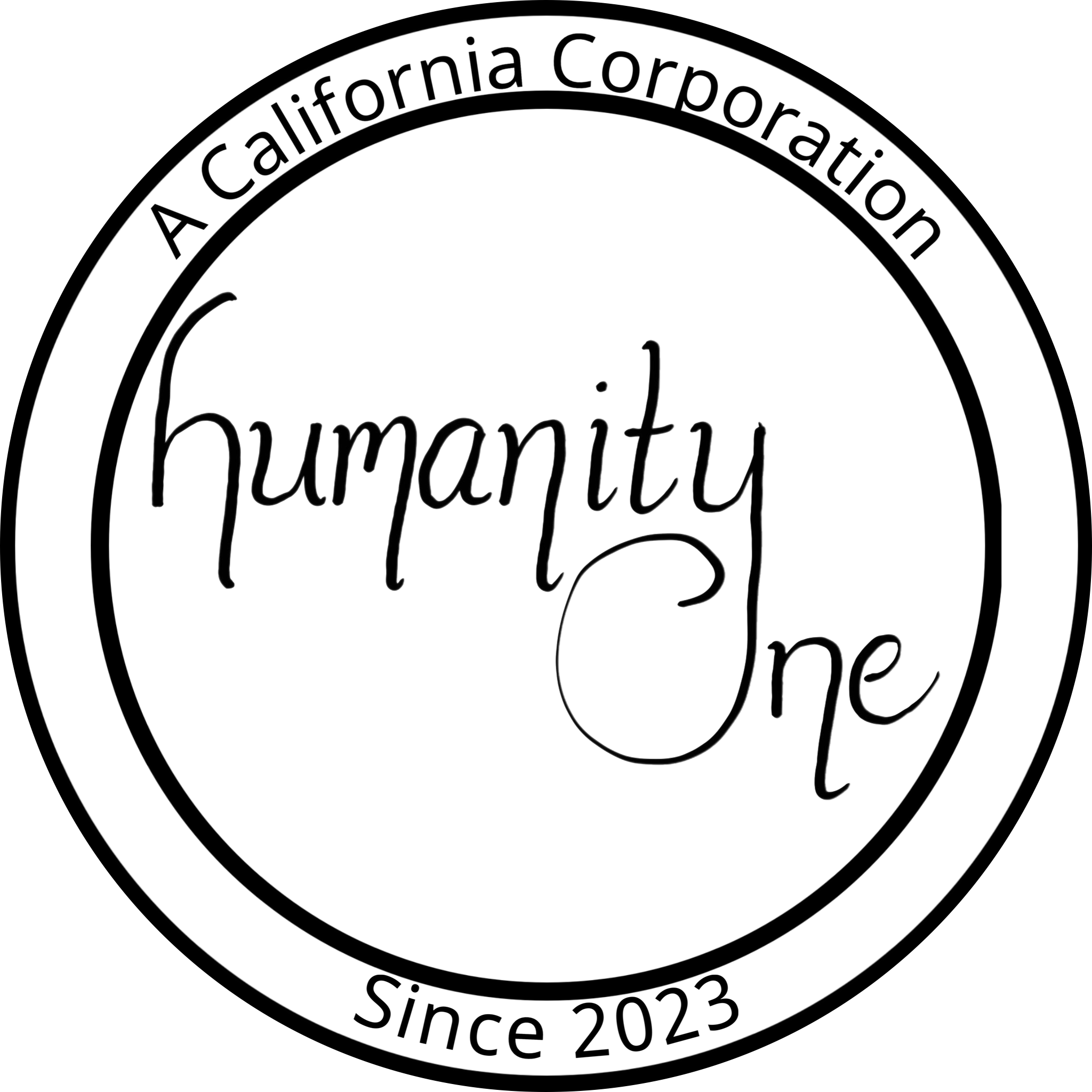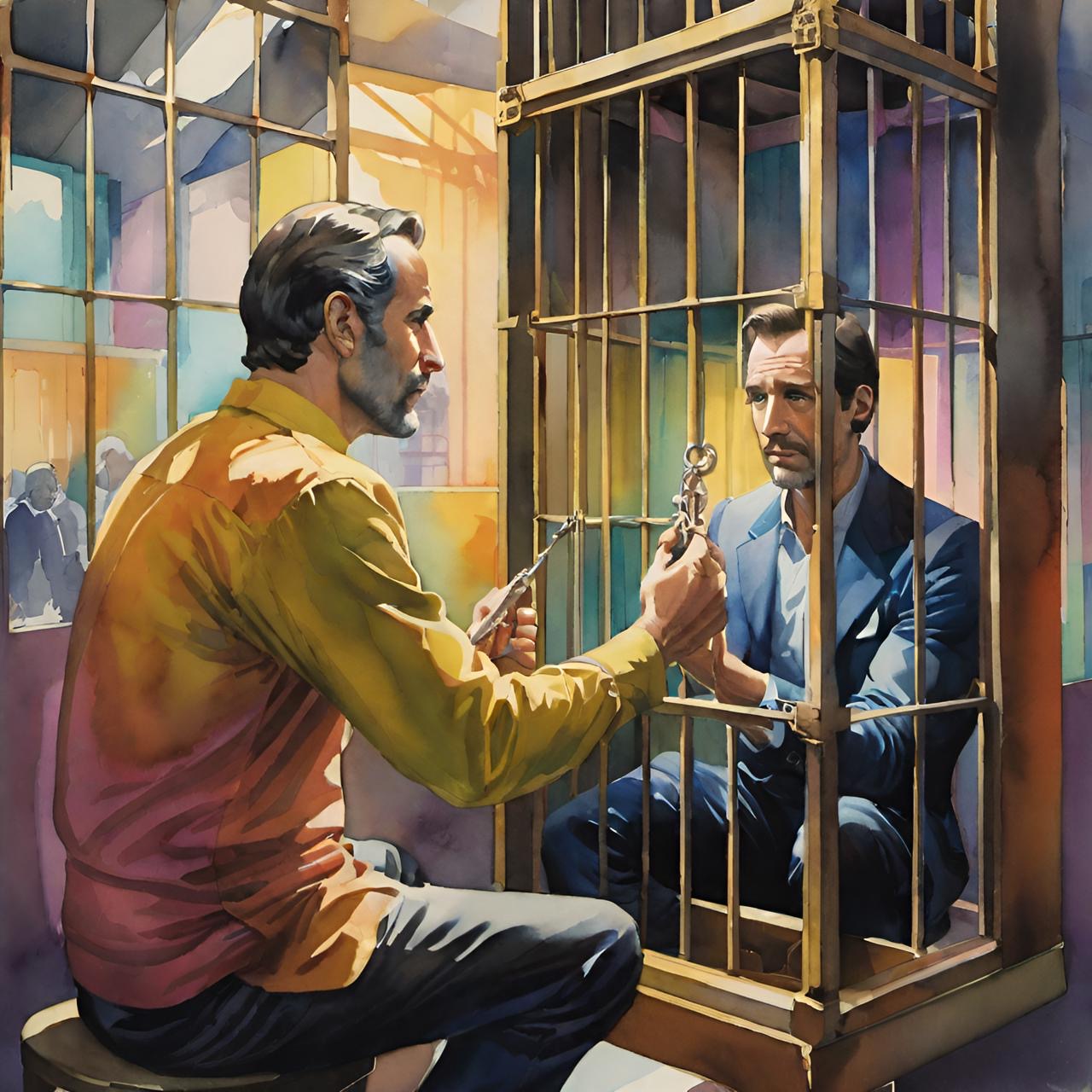The Pain We Create
Let me say something that may not land softly:
Most of the pain we experience… we make up.
Not because it’s fake.
Not because it doesn’t hurt.
But because our minds build on top of what’s real.
They invent meaning, wrap stories around events,
draw conclusions about ourselves and the world
based on fear, on memory, on repetition—
and not reality.
And that’s not to say the world is kind.
It isn’t always.
Life deals some hard hands.
Death, betrayal, hunger, injustice—
those are real. They hit hard.
But the suffering that stays—
the kind that loops in your head,
the kind that shapes how you see yourself,
the kind that won’t let you rest—
that part’s coming from you.
The Stories We Tell Ourselves
We rehearse pain.
We echo things people said ten years ago.
We replay scenes and assign blame.
We predict failure before we even try.
We take what happened… and we add to it.
Layer after layer.
Until we’re not even sure what the original wound was.
That’s the difference between pain and suffering.
Pain is what happens.
Suffering is the meaning we give it.
And our minds are meaning making machines.
They don’t just notice things.
They interpret them.
They decide what it says about us.
About other people.
About the future.
Someone pulls away?
You assume you did something wrong.
Or they never cared.
Or that people always leave.
That last one is the killer—
“People always…”
“I never…”
“This is just how it is.”
These are not facts.
They’re stories.
Stories we tell ourselves enough times that we stop questioning them.
That’s what makes it dangerous.
We confuse our perceptions with reality.
We trust our assumptions.
And we suffer for it.
Bad Math, Broken Logic
In Hebrew, the word for thought—machshavah—
comes from the root chashav: to calculate, to reckon.
Your thoughts are doing math.
They’re adding things up. Running numbers.
Trying to figure out what things mean.
Trying to stay one step ahead of danger.
Trying to protect us—
but sometimes protecting us from things that aren’t even real anymore.
Because the equation is based on faulty numbers.
You take one rejection,
add three bad memories,
multiply by fear,
and conclude: I’m not lovable.
I’m not safe here.
Or I’ll always be alone.
Or I’m just not enough.
It feels logical.
That’s bad math.
That’s the mind working against you.
The numbers don’t come from truth—
they come from fear.
From habit.
From pain we never processed,
so we started predicting it everywhere.
It’s not trying to be cruel.
It thinks it’s protecting you.
But it’s protecting you from a life that no longer exists.
And here’s the hard part:
We believe the thoughts.
We trust the math.
We think the story in our head is reality—
when often, it’s just the loudest memory echoing in the room.
And those stories become our truth,
even if they were never true at all.
Where It Shows Up
You want to know how this plays out?
It’s in the way you read a text message and assume the worst.
It’s in the way you brace yourself before every conversation.
It’s in the way you keep your guard up—
not because someone hurt you this time,
but because someone hurt you last time.
You hold back your voice.
You shrink your needs.
You say you’re fine when you’re not,
because your mind’s already played out what might happen if you were honest.
It shows up in relationships.
You assume people don’t really want you.
So you don’t let them close.
Then when they leave—
you say, See? I knew it.
You make up rules.
Don’t call too soon. Don’t ask for too much. Don’t seem too eager.
And then you wonder why the connection feels fake.
You made it fake—trying to protect yourself from pain that hasn’t even happened.
And when you do get hurt…
You don’t just feel it.
You analyze it.
You replay it.
You build a case.
You write a mental thesis paper called “Why I’m Not Safe With People.”
Then you carry it around like proof.
The Life You Haven't Lived
It shows up in the choices you don’t make.
That job you didn’t apply for.
That idea you never said out loud.
That move you felt called to make but talked yourself out of.
Because your mind jumped ahead,
did the math,
and said: It won’t work. You’ll fail. Don’t even bother.
It shows up in your silence.
In the things you didn’t say.
In the boundaries you didn’t set.
In the way you smile while you’re clenching your jaw.
In the way you laugh at what actually hurt.
And most of the time…
nobody else even sees it.
Because the suffering is internal.
It’s invisible.
But it’s shaping everything.
Breaking the Loop
So here’s the challenge:
Next time the old story shows up—
don’t run from it.
Don’t argue with it.
Just name it.
Say:
“This is fear talking.”
“This is not the truth.”
“This is the past, not the present.”
Then choose something different.
Even if it’s small.
Even if it’s messy.
Even if you still feel scared.
Your job is not to silence the voice.
Your job is to stop obeying it.
A Quiet Reflection
Find a quiet moment.
Close your eyes if you need to.
And ask yourself:
What pain am I still holding onto
not because it’s still happening—
but because I keep replaying it?
What story do I keep telling about myself
that might not be true anymore?
Let it rise.
Don’t argue with it.
Just notice it.
Then ask—gently, but seriously:
Do I still need this?
And if the answer is no…
set it down.
Maybe not forever.
Maybe not all at once.
But just for now.
Let your mind be quiet.
Let the story end.
Let there be space
for something new to begin.
And remember:
You don’t have to have it all figured out.
You don’t have to fix everything today.
You just have to stop letting fear run the show.
You’re not broken.
You’re becoming.
And that means you get to choose—
not what happened,
but what happens next.
So take the next breath.
Take the next step.
And stay curious
And let that be enough—for now.


